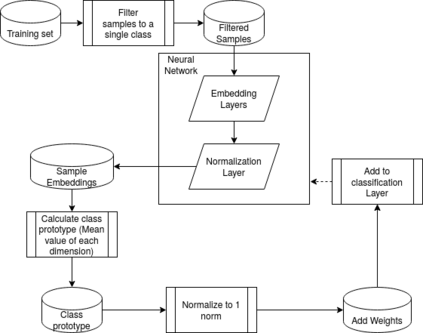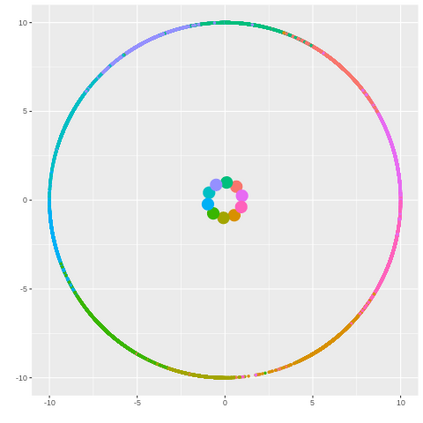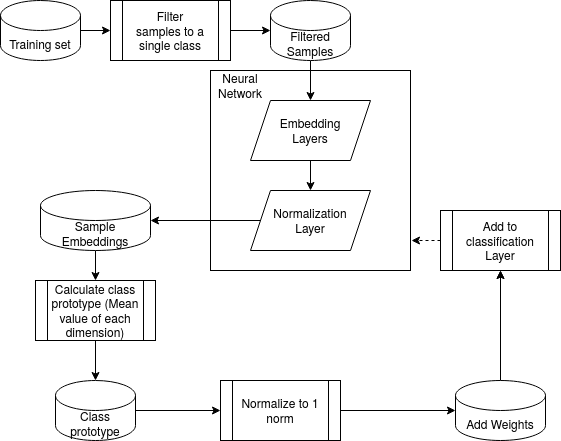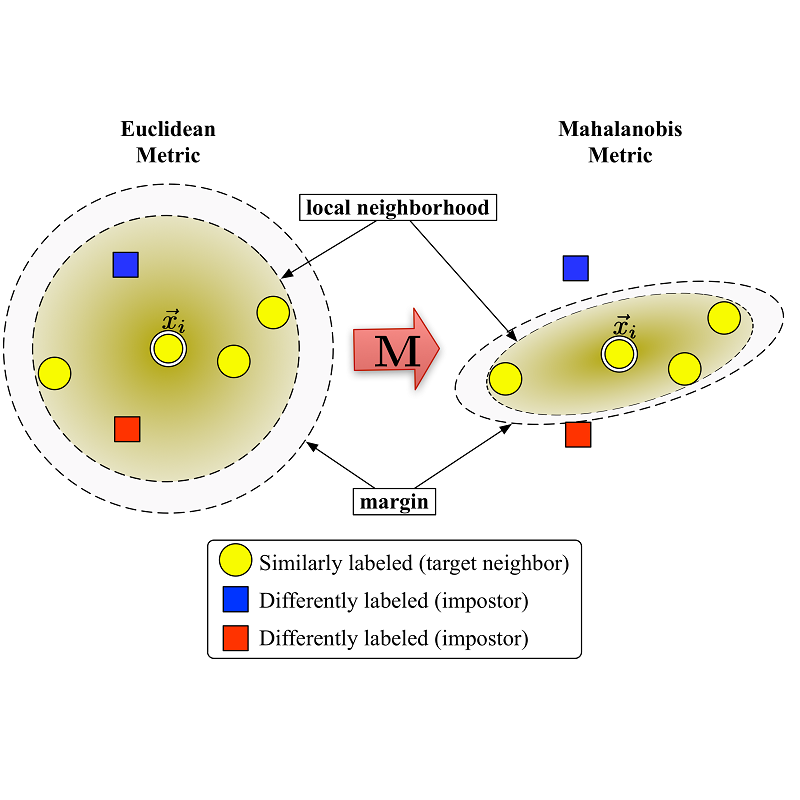Deep learning models have become increasingly useful in many different industries. On the domain of image classification, convolutional neural networks proved the ability to learn robust features for the closed set problem, as shown in many different datasets, such as MNIST FASHIONMNIST, CIFAR10, CIFAR100, and IMAGENET. These approaches use deep neural networks with dense layers with softmax activation functions in order to learn features that can separate classes in a latent space. However, this traditional approach is not useful for identifying classes unseen on the training set, known as the open set problem. A similar problem occurs in scenarios involving learning on small data. To tackle both problems, few-shot learning has been proposed. In particular, metric learning learns features that obey constraints of a metric distance in the latent space in order to perform classification. However, while this approach proves to be useful for the open set problem, current implementation requires pair-wise training, where both positive and negative examples of similar images are presented during the training phase, which limits the applicability of these approaches in large data or large class scenarios given the combinatorial nature of the possible inputs.In this paper, we present a constraint-based approach applied to the representations in the latent space under the normalized softmax loss, proposed by[18]. We experimentally validate the proposed approach for the classification of unseen classes on different datasets using both metric learning and the normalized softmax loss, on disjoint and joint scenarios. Our results show that not only our proposed strategy can be efficiently trained on larger set of classes, as it does not require pairwise learning, but also present better classification results than the metric learning strategies surpassing its accuracy by a significant margin.
翻译:在许多不同的行业,深层学习模式变得越来越有用。在图像分类领域,进化神经网络证明有能力学习封闭型问题(如MNIST FASHIONMNIST、CIFAR10、CIFAR100和IMAGENET等许多不同数据集所显示的)的稳健特征。这些方法使用厚厚层神经网络,具有软成像激活功能,以学习在隐蔽空间中可以区分不同类别的特点。然而,这种传统方法对于识别培训组中不为人知的班级(即开放式问题)并不有用。在涉及小数据学习的情景中也会出现类似的问题。为了解决这两个问题,提出了少见的学习建议。 特别是,为了进行分类,在潜在的空间空间空间空间空间空间中,尽管这种方法证明对开放层的限制是有用的,但目前的实施需要双向培训,在培训阶段只提出类似图像的正反面例子,这限制了这些方法在大型数据或大类情景中的可适用性。鉴于对小型数据的学习模式的可变式性质,因此,在可能的软性投入中采用更精确的排序中,我们所培训的学习的结果是用来进行。








